SEARCH


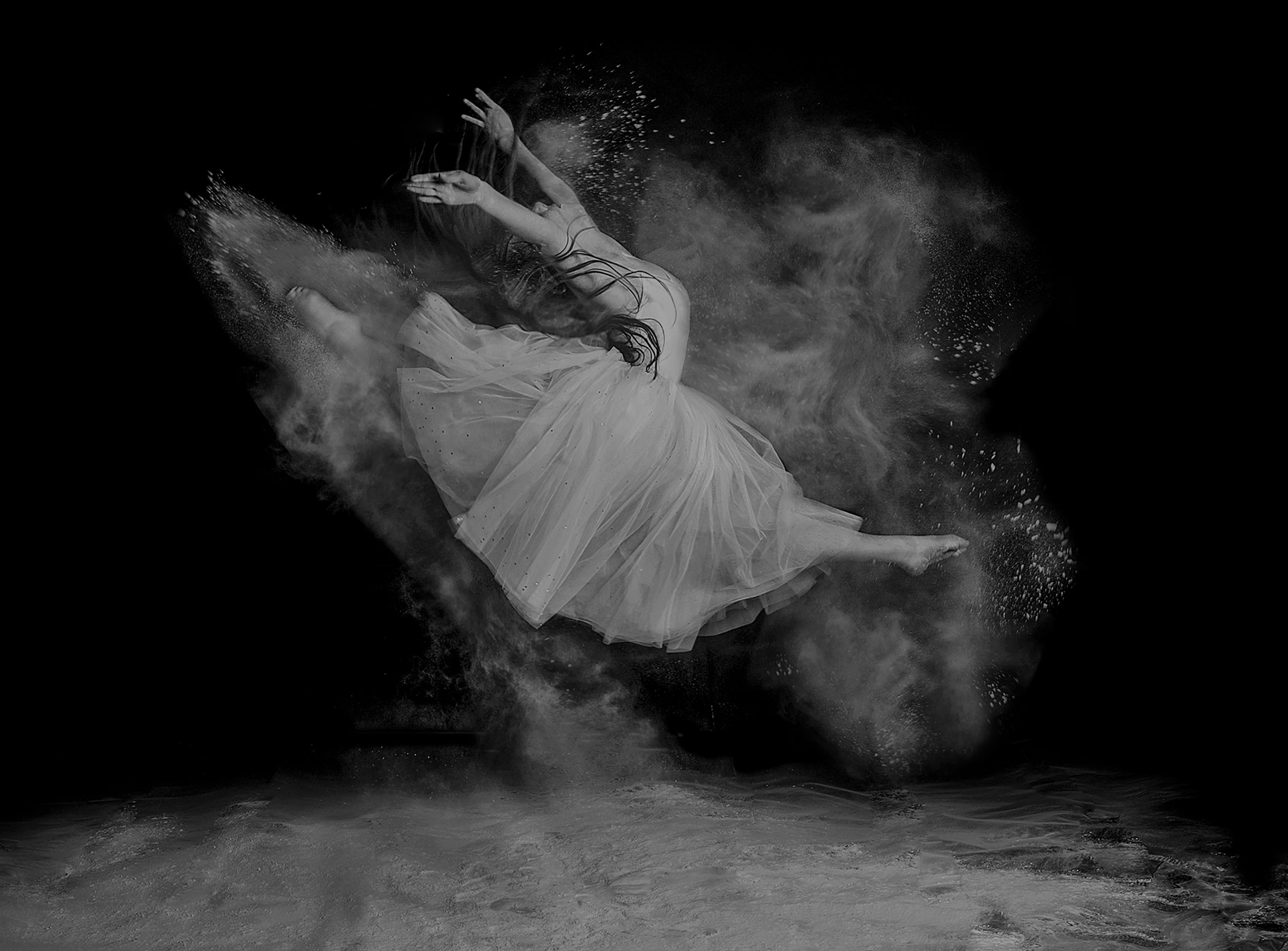
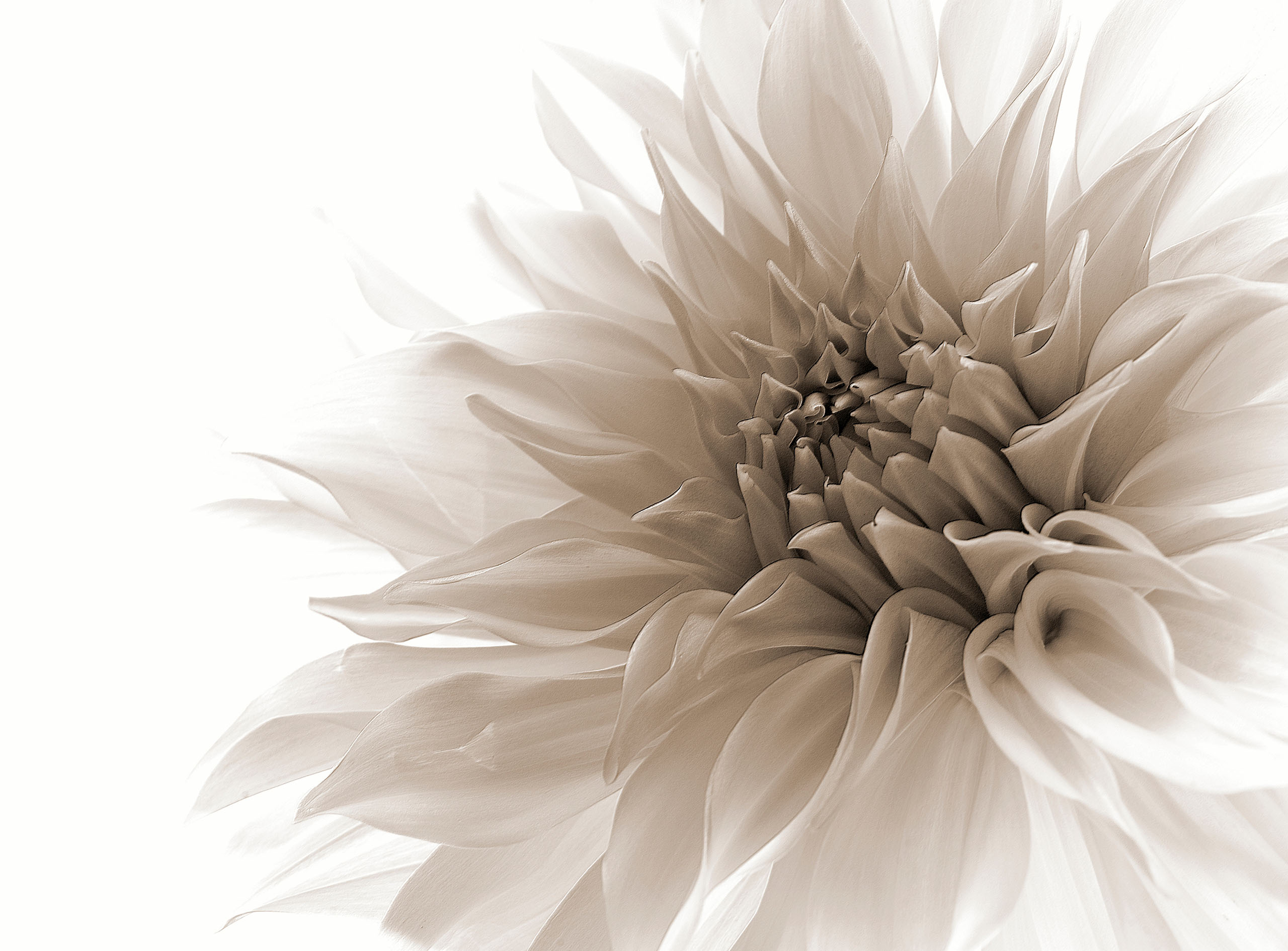
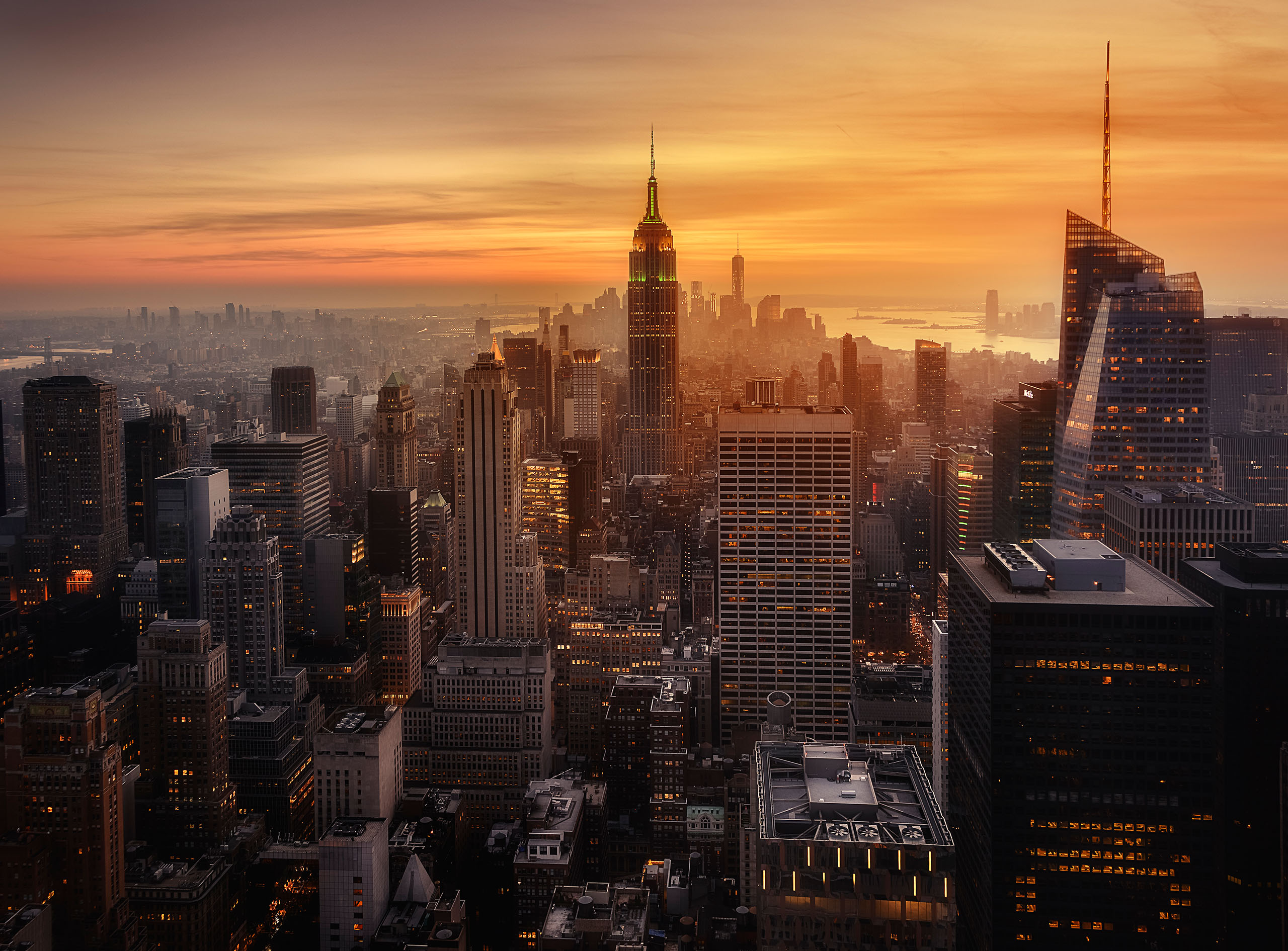
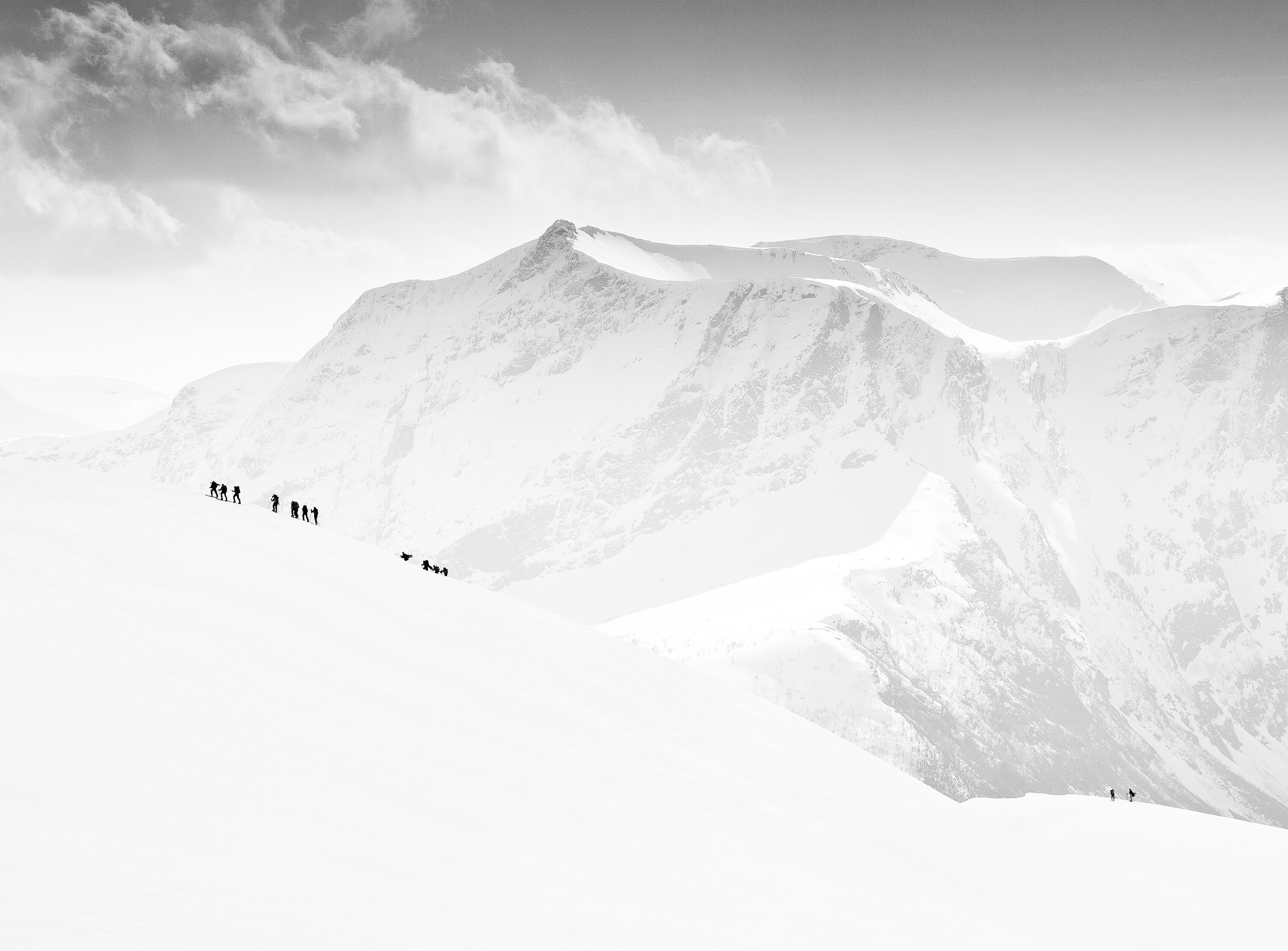
|
|
|
|


By Editor HJ Yang
Edited and published by Yvette Depaepe, the 11th of August 2025
'Ice roots'
Daniel Kordan is a world-renowned landscape photographer and explorer. Having discovered his passion for photography and travel at a young age, he now spends his time sharing his vision and the many wonders of the world with people all over the globe, particularly within the photography community, through his unique programs and his own photographs.
His work has been published in Digital SLR Magazine (UK), Photography Week, Photography Masterclass, National Geographic, Discovery, and Photoworld China magazines, as well as Bauer Media's Digital Photo. He is an official Nikon and Gitzo ambassador. He is currently based in Bali, Indonesia, but also spends time in Norway on the Lofoten Islands and in Tuscany at his Villa Gaia, where he guides groups from Europe, the UK, the US and Asia.
Visit his website at https://danielkordan.com to view his images and programs.
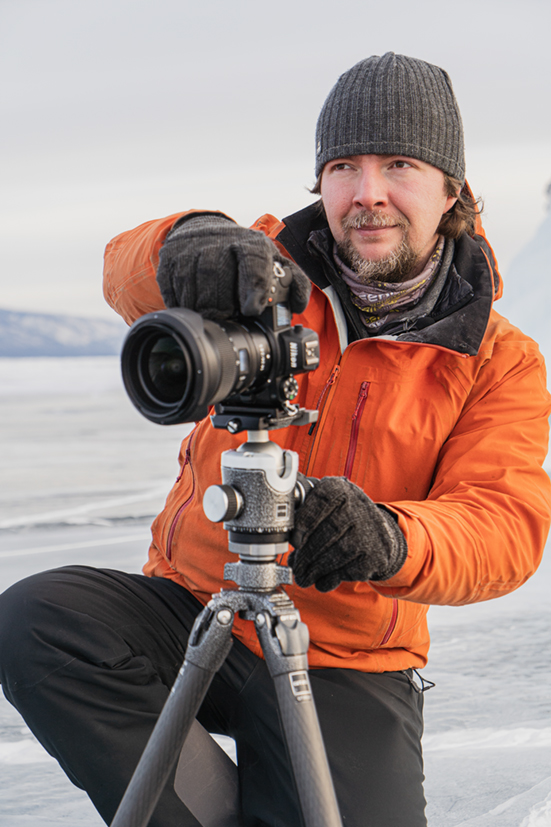
In February, I had the opportunity to join his inaugural Antarctic Red Sail programme, during which we spent ten days together. As it turned out, we had both studied physics at university and worked as scientists at the start of our careers. It is our shared passion that led us to become explorers and nature photographers.
Hello Daniel, I am honoured and pleased to be coming to Antarctica with you for your first Antarctic Red Sail program. This is your seventh trip to Antarctica and my fifth. This year also marks the tenth anniversary of your Arctic red-sail program. Congratulations on the successful completion of your ten-year Arctic red-sail program and your first Antarctic red-sail program. Your unique programs and photographs have attracted and touched the hearts of many people all over the world, including many in our 1X community. Thank you for your contribution to our photo art community, and for making this interview possible.
How did you get into photography?
I grew up in a small town around 75 miles from Moscow, surrounded by dense forests and crystal-clear lakes. From the age of six, I attended a local art school, spending six years mastering drawing, colour theory and composition. It was during those evening painting sessions, capturing the soft glow of the sunset on pine needles, that I developed a lasting appreciation for the way light can shape mood.
In my teens, I stumbled upon an old Kiev film camera. I would sneak away after classes to photograph the mist rising off the lakes at dawn. Developing those rolls in a makeshift darkroom taught me patience; you learn to wait for the moment when the light unfolds and to embrace surprises, such as a single frame ruined by a light leak that serendipitously captured a haunting sunburst. By the time I was 16 or 17, I had saved up for a second-hand DSLR.
Before becoming a full-time photographer, I studied physics at the Moscow Institute of Physics and Technology (MIPT). This scientific approach to understanding nature helped to shape my observational skills and discipline, which I later applied to photography. There was also a strong mountain climbing community, which I first joined as a guest and later as a guide.
Ultimately, my passion for landscape photography became stronger than my academic path, and I transitioned from science to art, blending logic and creativity in my work.
Who were your influences when you first started out as a photographer?
Art school mentors: My drawing teachers emphasized 'seeing in values', which later manifested as an obsession with dynamic range in my images. They also taught me not to be afraid of colour.
Ansel Adams: I learnt from his Zone System to expose for the highlights and pull detail from the shadows.
Galen Rowell: His blend of adventurous spirit and technical expertise showed me that to take great photos, you have to go the extra mile — and sometimes climb higher — to capture the perfect light.
Contemporaries: paintings by Monet, Caravaggio, Renoir
As my career progressed, guided assignments for National Geographic and Red Bull exposed me to photo-essay storytelling and commercial workflows, further diversifying my influences.
'Red Sails'
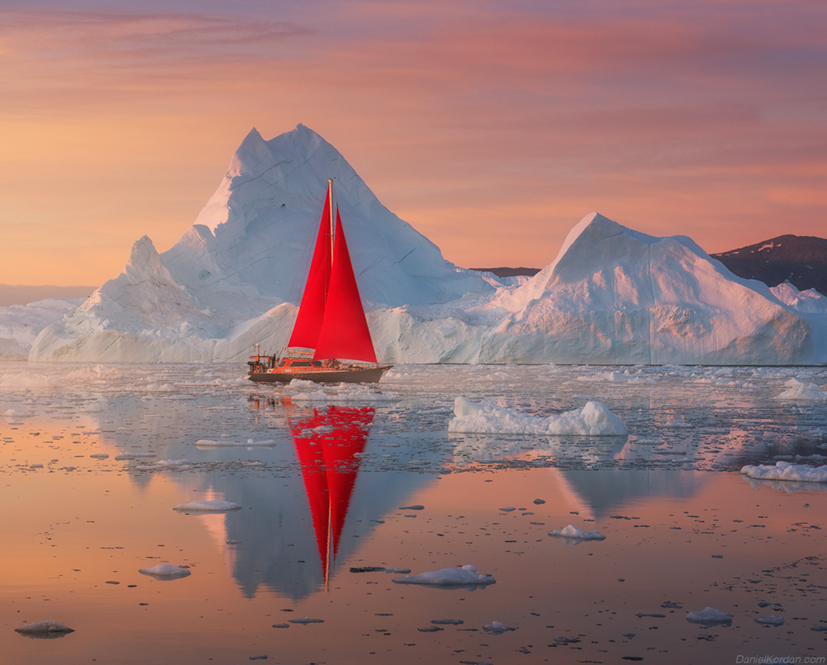
How did your unique red-sail programme begin?
In July 2015, I was leading an expedition in West Greenland when we decided to demonstrate the size and scale of the icebergs by introducing the striking contrast of red sails. The sails, like a brushstroke on a white canvas, felt like a vivid graphic element and a metaphor for the rising sun, and they even reflected the colours of the Greenland flag.
I approached the captain of a boat, discussed chartering it for a dedicated photo voyage, and by the next season, we had outfitted it as our 'moving studio'.
Since then:
Signature motif: The red sail appears in dozens of compositions, framed against glaciers, backlit at dawn and trailing colourful reflections in the calm waters of fjords.
Collaborative vessel: Working alongside local Greenlandic crews has deepened my respect for their indigenous knowledge of ice navigation. The key here is investing in local hotels and restaurants and supporting local guides.
Anniversary milestones: Over the course of ten seasons, we have refined our schedule to include shoots at midnight, iceberg calving sessions and reviews on deck under the midnight sun.
What is it that makes this program so successful?
Purposeful small groups
A maximum of 8–12 photographers ensures personalized tuition.
We assign two guides per group: one to provide technical support (camera settings and composition) and one to oversee safety and logistics.
Agile sailing logistics
Unlike larger ships, our sailboat can navigate narrow, ice-choked channels.
On calm days, we drop anchor directly beneath 200-metre-high ice cliffs to enjoy a dramatic view. Instead of sleeping on the boat, you will stay in 4-5 star hotels.
Creative community
There are daily evening 'image critiques' in the conference rooms.
Participants are invited to lead themed 'challenge shoots' (e.g. abstract ice textures or portraits of local Inuit guides), fostering peer learning.
What was the most challenging aspect of your photography experience?
Weather volatility: One afternoon, I watched our entire deck and line freeze into ice, which can be cold, but it makes for a great escape from the summer heat.
Psychological endurance: Polar landscapes demand stillness. Maintaining high spirits during long whiteouts is as much a leadership challenge as navigating ice floes.
Sleepless nights during the midnight sun.
What do you enjoy most about photography and leading photo tours?
Moments of shared awe:
Witnessing someone’s first iceberg calving, for example, when a thunderous crack splits the silence and they capture it perfectly in the frame, is as thrilling for me as seeing the full moon rise over the red sails, with whales breaching around and magical golden light all night long.
The midnight sun, for example, is four to five hours of endless sunset flowing into sunrise.
Creative sparks:
Seeing a beginner adjust their composition on the fly — for example, moving three steps to the left to include a reflection of a red sail — and take an award-winning shot gives me immense satisfaction.
What makes your photography unique?
Painter's sensibility:
My background in art school drives me to craft images with harmonious colour palettes.
Adventure-driven content:
I don't just document landscapes; I embed human narratives, such as the red sail, local crews and tribe gatherings, into the natural story.
I love finding unique projects that have never been done before, such as photographing amazing phenomena like fireflies in Japan or glowworms in New Zealand.
This blend of unique phenomena and raw expedition energy is what sets my work apart.
Tell me more about yourself. How has your personal experience influenced your photography?
Rural upbringing:
Growing up close to nature meant that I developed an instinctive understanding of weather patterns, which I still rely on when deciding when to take photos.
Art training:
Six years of classical painting taught me to see the relationships between lines and forms, which is critical when framing icebergs so that they echo the triangular peaks of the mountainous backdrop.
Professional partnerships:
Working with brands taught me the importance of precision in post-processing, while collaborating with National Geographic instilled in me a sense of narrative depth. Shooting for Red Bull, on the other hand, pushed me to capture the visceral nature of extreme sports.
Long-term projects:
My 'Two Poles' yachting expedition, which took me from Saint Petersburg to Antarctica via Svalbard and Greenland, was both a logistical odyssey and a creative laboratory for exploring new visual themes such as polar nights, auroral patterns and sea-ice drift.
How do you balance family life with your professional commitments?
It's always challenging to balance family and professional life, especially with a career that involves constant travel. I plan my photo expeditions in advance to ensure I spend quality time at home between trips. Whenever possible, I bring my family along and turn some of my assignments into shared adventures. The key is to stay connected and be present, even during the busiest times. They really enjoyed the Komodo cruise in Indonesia and staying in nice resorts with my groups. Moreover, it's a great way for kids to learn from their parents' passion.
How do you adapt current AI technology?
I use it to organize client lists and emails, as well as announcements. Apart from AI masks and noise reduction, I don't use it in photography. My philosophy is not to add elements that did not belong in the original scene.
In your opinion, how will AI affect photography, both as a practical skill and as an art form?
AI will automate routine tasks such as noise reduction, tethered-capture previews and basic edits, freeing photographers to focus on the creative aspects of their work, such as mood, composition and storytelling. However, the essence of art remains human: the choice of subject, light and timing. I see AI as a co-pilot that enhances image quality as we originally envisioned it, not as a replacement. The photographers who succeed will be those who balance technology with a personal voice and an original, non-destructive approach to nature.
What advice would you give to beginner photographers?
Study light as a craft.
Keep a 'light journal' in which you note down sunrise times, cloud patterns, wind directions and the lens used. Over time, you will see patterns that will help you identify the best times to take photos. Use apps such as Photopills and Windy to help with planning.
Get to know your gear intimately.
Practise changing lenses, filters and settings while blindfolded. In extreme environments (e.g. cold, wind or rain), you must be able to work without looking. Use a drone to capture new perspectives.
Embrace patience.
Set up a time-lapse for hours and let the natural movement reveal compositions that you might never see at first glance. Go to wild places and wait for epic light.
Build narrative depth.
A single landscape can be beautiful, but adding context, such as a guide’s silhouette, a tent in the snow or a red sail in the distance, can turn it into a story. It's best to add the value of local communities and traditions.
Join a community.
Taking part in critique circles, either online or in person, will help you to develop your skills faster than practising alone. I owe much of my growth to the feedback I received from fellow artists.
Trust local guides, connect with local photographers and support them. Local knowledge is the key to unlocking every door outside your comfort zone.
Thank you very much, Daniel, my dear friend, for taking the time to do this interview and share your personal experience with me. I am looking forward to joining you on your future photography programs and seeing your many more unique and wonderful works. Good luck with all your future endeavours.
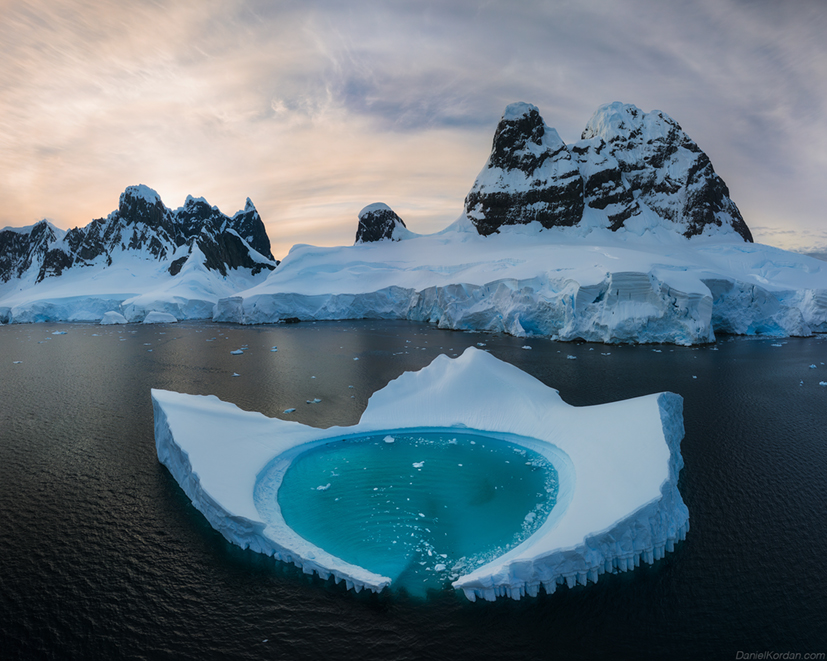
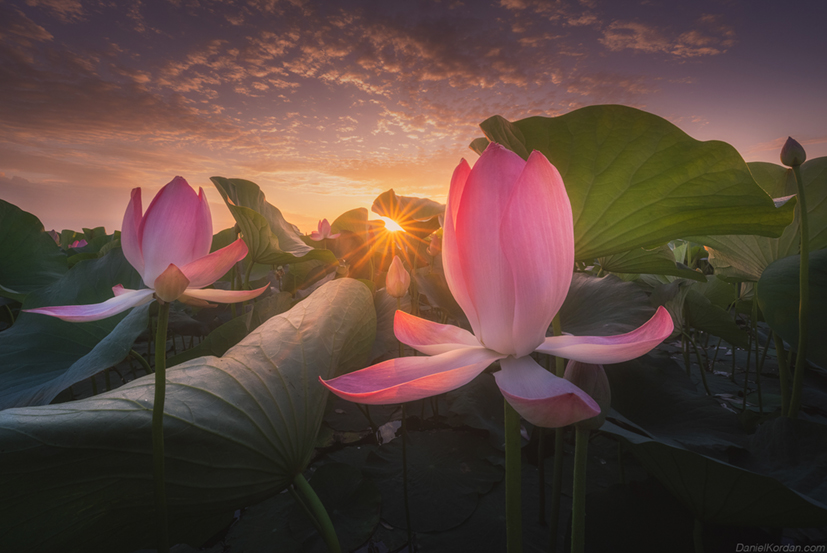
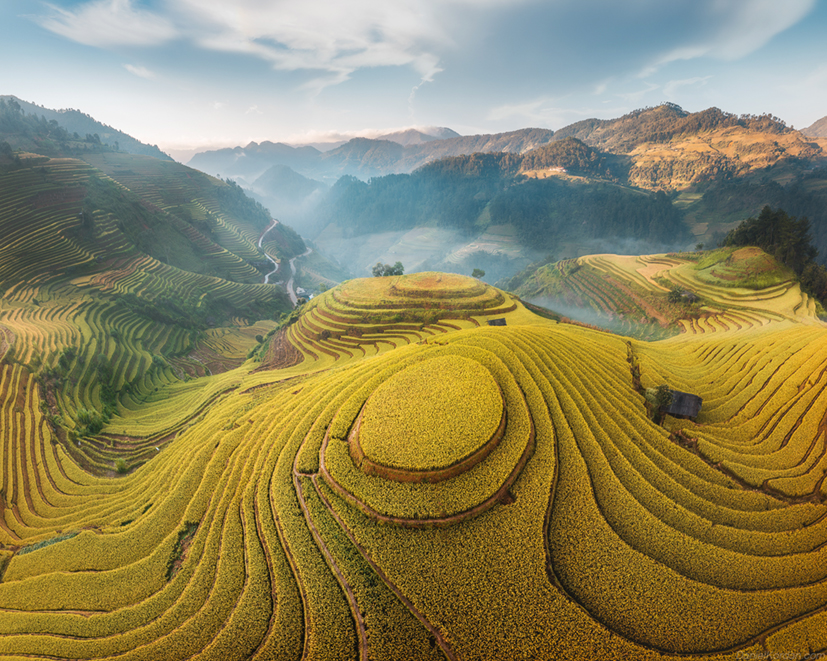
'Another star'
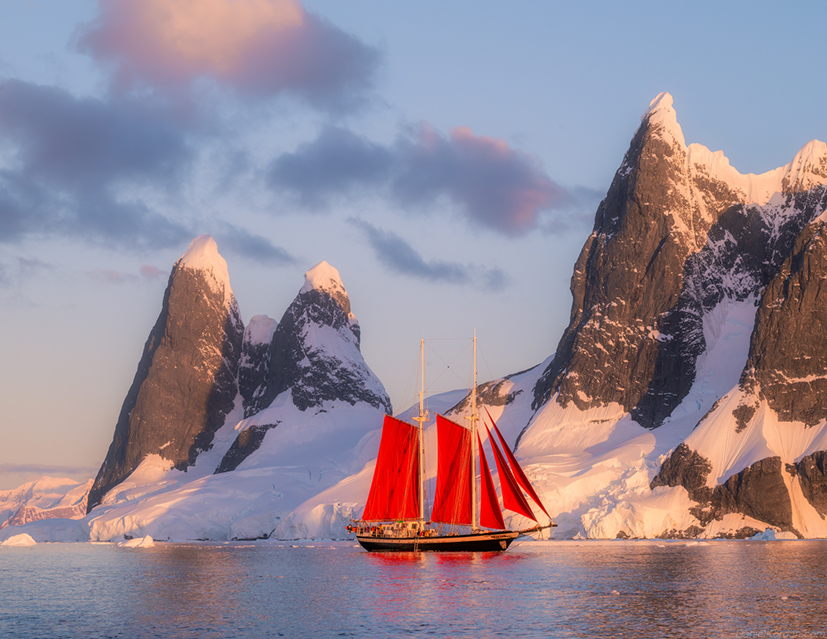
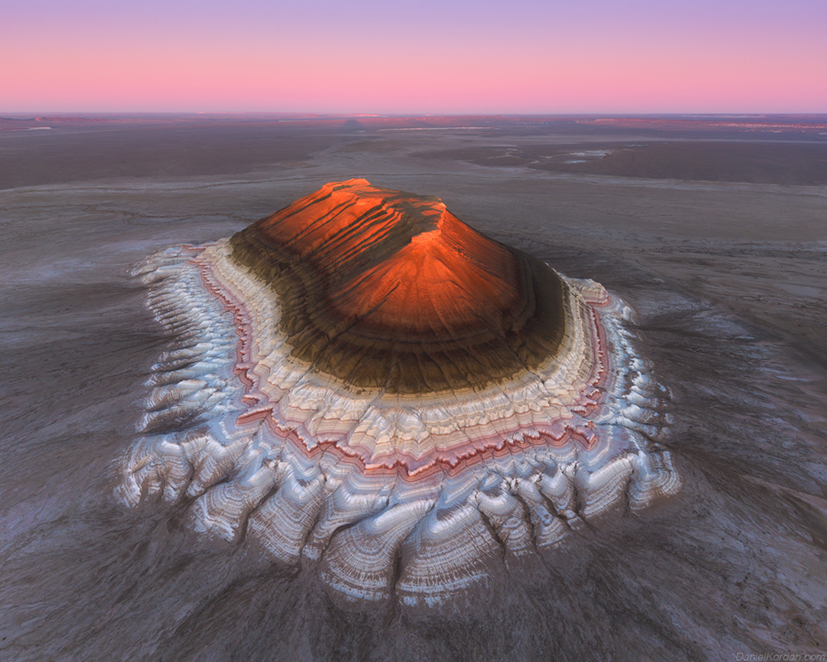
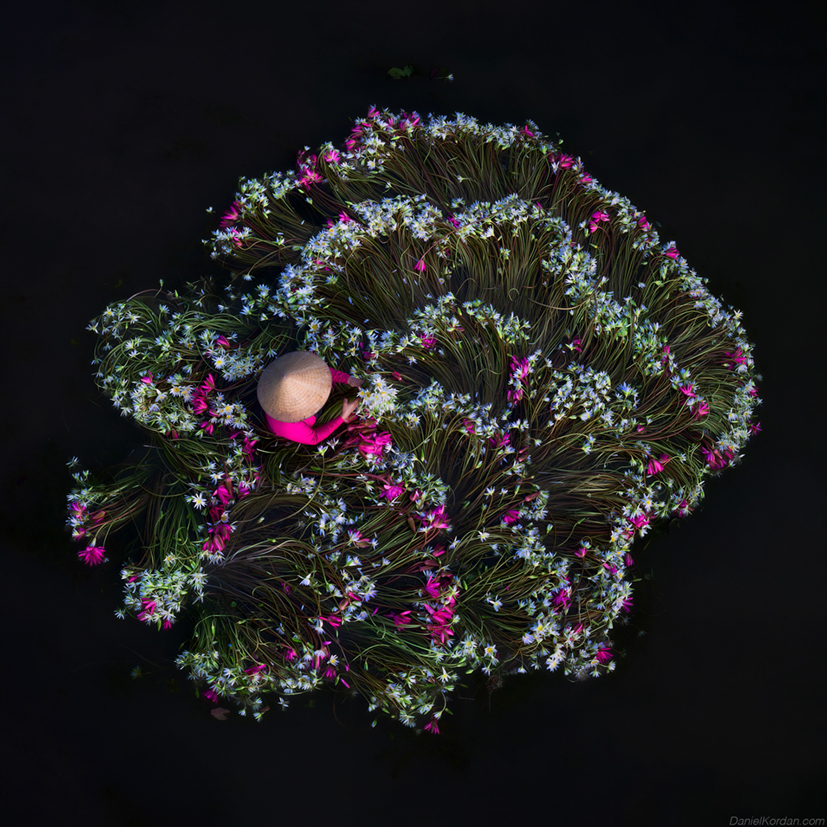
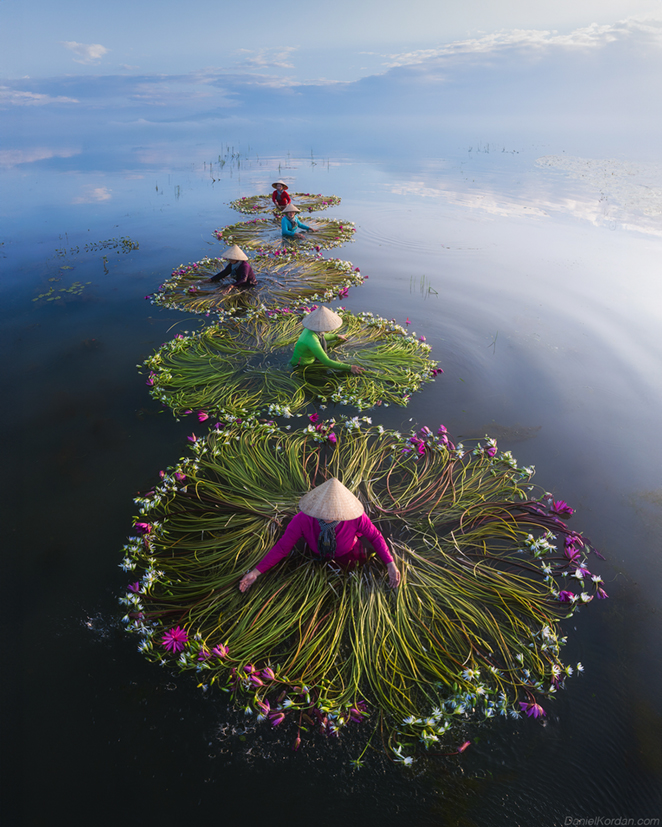
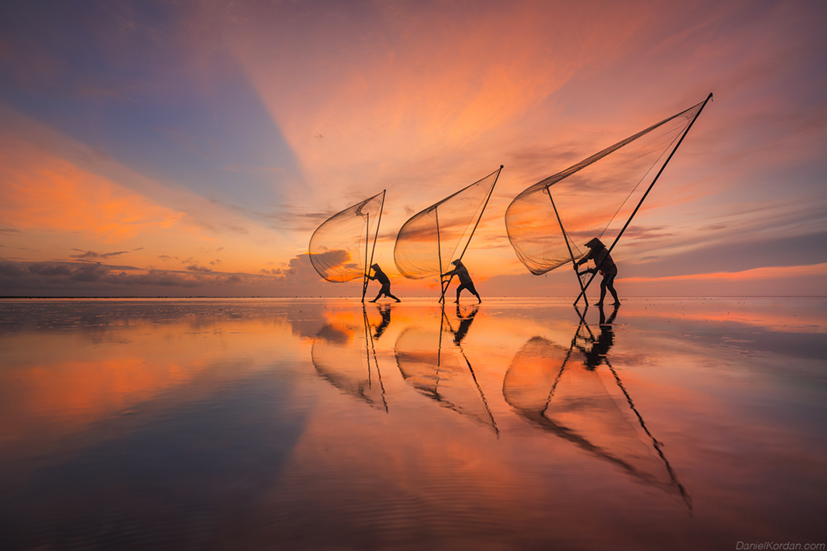
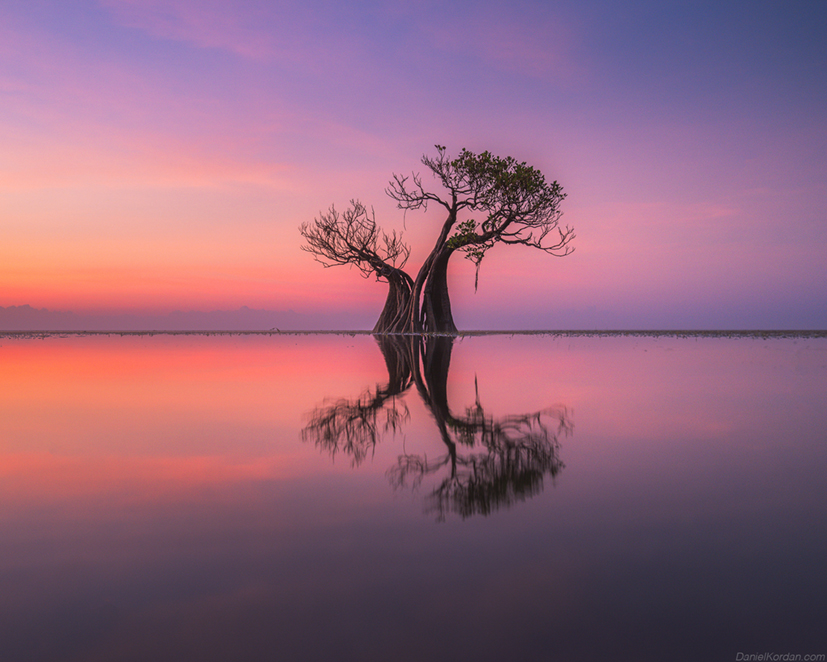
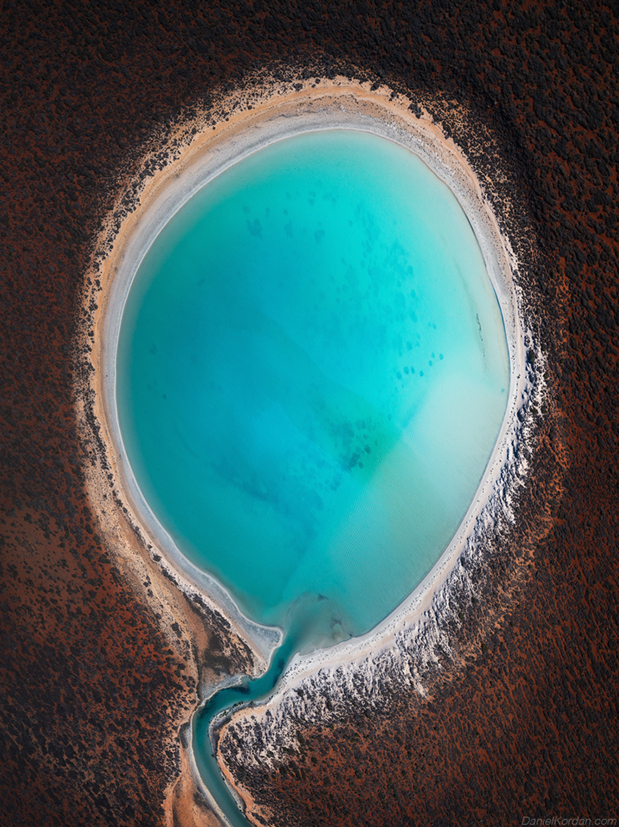
'Dobongsan' (South Korea, Seoul)
'Taganay' (Russian Ural mountains)
'Namibia Swirl'
About Editor Huijun (HJ) Yang, Ph.D.
In this series, Dr. HJ Yang, Scientist, Businessman and Nature Photographer, talked to some today’s world well known nature photographers, sharing with us not only their unique artistic magic images and photo programs, but also their personal life stories. Dr. Yang also has written about his photo trips around the globe and his personal view on art, science, philosophy and life experience. Some of his writings are below:
HJ Yang - Giving a voice to nature through photography
HJ Yang's Journey to Baffin Island
HJ Yang - Photography strongly connected to nature
HJ Yang's Journey: Patagonia Special Expedition
HJ Yang's Journey: Tracking polar bear cubs
HJ Yang's Journey: Emperor penguins on Snow Hill Island
HJ Yang's Journey: Jaguars and Harpy Eagles in Brazil
HJ Yang's Journey: O' Alaska!HJ Yang's Journey: Namibia
HJ Yang's Journey: Emperor Penguins on Gould Bay
Book
Huijun Yang: Wave Packets and Their Bifurcations in Geophysical Fluid Dynamics, Applied Mathematical Sciences, 85, Springer, New York, NY, 1991.
 | Write |
 | Dazhi Cen PRO Amazing! |
 | Ralf Stelander FOUNDER Very interesting interview and beautiful photos! |